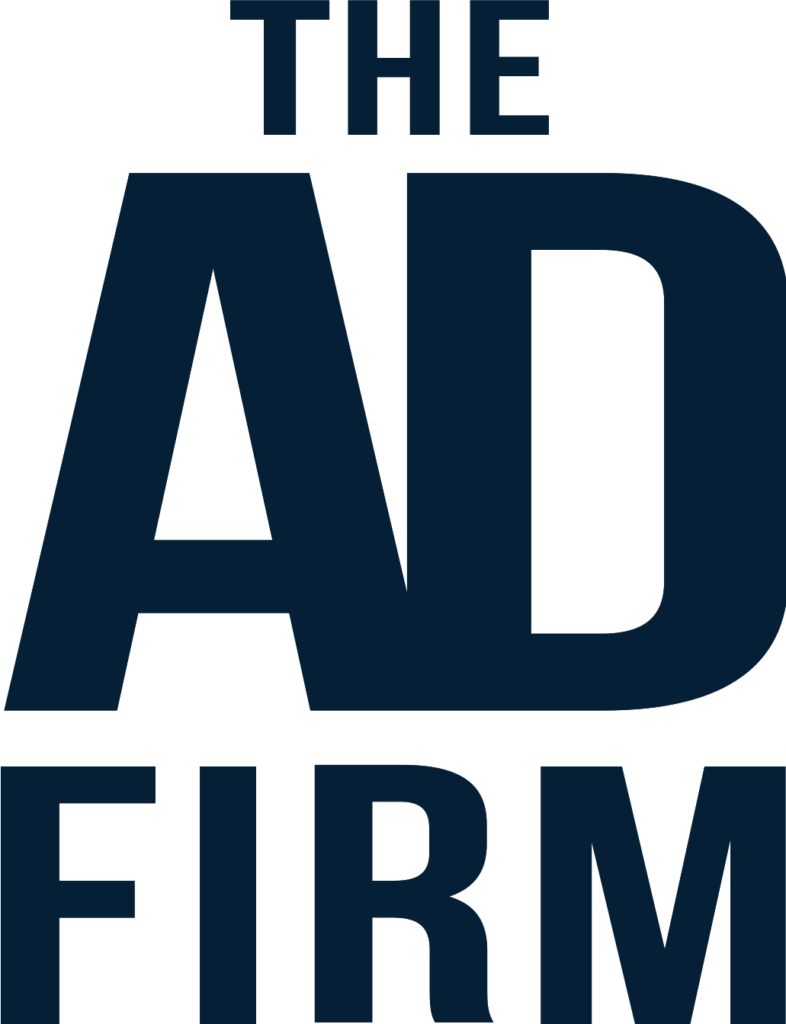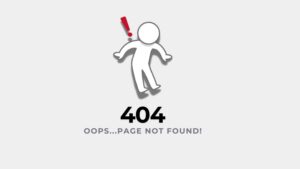With platforms like Google Ads and Microsoft Ads offering advanced location-based options, businesses can target users by country, state, city, or within a defined radius. The ability to personalize campaigns at this level means companies can align their message with local preferences, cultural nuances, and relevant offers, improving both relevance and performance.
Whether it’s a local coffee shop that promotes morning specials or a national retailer that optimizes product offers for regional demand, geotargeting helps businesses attract high-intent users, leading to increased engagement, more clicks, and improved ROI. For companies leveraging local SEO services, integrating geotargeting within PPC campaigns ensures consistency across organic and paid strategies, maximizing their visibility in the local search landscape.
Setting Up Geotargeting in Ads Platforms
Geotargeting is a powerful way to ensure that your ads reach the right audience based on their geographic location. Platforms like Google Ads and Microsoft Ads allow you to tailor campaigns to target users at specific locations, maximizing relevance and minimizing wasteful spending. Below, we walk you through setting up geotargeting to optimize your campaigns from the start.
Configuring Geotargeting Options in Google Ads
Google Ads offers flexible geotargeting tools, enabling advertisers to target users by country, state, city, ZIP code, or even a specific radius. Each campaign type has its own geotargeting opportunities:
- Search Campaigns: Focus on users actively searching for services in your target area.
- Display Campaigns: Reach users browsing content that aligns with your brand or product within the selected region.
- Shopping Campaigns: Promote products to relevant users through Google’s shopping tab or local search results.
When setting up your campaign, choose the location type that best fits your business goals. For example, targeting by ZIP code can drive precision for neighborhood-based campaigns, while radius targeting is ideal for local services within a specific area.
Excluding Irrelevant Locations for Better Budget Control
Excluding locations where your products or services are unavailable is essential to avoid wasted ad spend. This ensures that only relevant users see your ads.
- Example: If your restaurant operates only in Austin, TX, exclude all locations outside Austin to focus on local customers.
- Additionally, you can exclude low-performing regions once the campaign is running. This prevents your budget from being spent in areas with poor conversion potential.
Bid Adjustments for Location-Based Performance
You can adjust bids by location to prioritize high-performance areas even during setup. Bid adjustments let you increase visibility where engagement is highest and reduce costs in underperforming regions.
- Increase Bids: Boost bids in locations where users are more likely to convert, ensuring your ads remain competitive.
- Example: Raise bids in Los Angeles if your data shows strong engagement and conversions.
- Lower Bids: Reduce bids in areas where ad performance is weak.
- Example: If clicks from Miami aren’t converting, lower bids are needed to conserve the budget.
These initial bid adjustments align your strategy with expected performance, helping you maximize initial returns.

Identifying Target Local Markets for PPC Campaigns
Targeting the right markets also allows for more personalized messaging, local promotions, and better alignment with user intent—key factors that drive higher engagement and conversions.
Integrating localized SEO efforts into PPC strategies is essential for eCommerce businesses to maximize visibility and performance. This is particularly relevant for platforms like Shopify, where SEO and PPC must work hand in hand to attract relevant, high-intent customers. Combining these strategies helps businesses increase visibility and drive more relevant traffic to their online stores. Below are the essential steps to effectively identify local markets for your PPC campaigns and how Shopify SEO complements this effort.
Analyze Existing Traffic
Understanding where your traffic comes from is essential for refining your targeting strategy. Use tools like Google Analytics or Shopify’s native analytics to assess where the bulk of your traffic and conversions are originating. Identifying high-performing regions ensures your PPC campaigns are focused on areas with the highest potential for engagement.
- Identify High-Traffic Locations: Use analytics to pinpoint regions where users are actively engaging with your products or services.
- Analyze Conversion Data: Determine which locations generate the most sales or leads and prioritize them in your PPC campaigns.
- Leverage Shopify Insights: Shopify’s analytics tools offer insights into customer locations, allowing you to align PPC campaigns with regions already driving organic traffic through SEO.
By aligning your Shopify SEO insights with PPC targeting, you can focus on regions where your audience is most likely to convert, enhancing both organic and paid performance.
Evaluate Market Potential
Even if your Shopify store attracts traffic from various regions, not all markets are equally valuable. Evaluating market potential helps you decide which areas to prioritize in your PPC campaigns.
- Assess Local Demand: Use tools like Google Keyword Planner to identify keywords and search trends specific to each region.
- Research Competitors: Identify regions where competitors are underperforming to capitalize on unmet demand.
- Monitor Seasonal Trends: Some regions may exhibit seasonal demand for your products, making them ideal for time-sensitive PPC campaigns.
Integrating Shopify SEO with this evaluation helps businesses tap into organic search trends for each market. This allows you to optimize your product listings and PPC ads for your target audience’s specific needs and behaviors.
Segment by Location Needs
Different regions have distinct preferences, behaviors, and requirements. Segmenting your PPC campaigns according to these needs ensures your ads resonate with each audience and increases the likelihood of conversions.
- Localize Product Offerings: Promote region-specific products or services to meet the unique needs of each market.
- Tailor PPC Messaging: For consistency, align your ad copy with the tone and language used in your Shopify store’s product descriptions.
- Offer Regional Promotions: Highlight discounts or shipping options that are available only in specific locations to encourage purchases.
Shopify SEO can support these efforts by optimizing product pages with localized keywords, ensuring that both your ads and organic listings reflect the preferences of local audiences.
Align PPC with Shopify Operations
Your PPC campaigns must align with your operational capabilities to avoid customer frustration. Targeting regions with limited shipping or unavailable products can result in wasted ad spend and dissatisfied customers.
- Check Inventory Levels: Ensure the products promoted in your PPC ads are available in the targeted regions.
- Coordinate Shipping Options: Match your PPC campaigns with areas where you offer competitive shipping rates or faster delivery.
- Use Dynamic PPC Campaigns: Integrate Shopify with your PPC platform to automatically adjust ads based on product availability or regional promotions.
By maintaining this alignment, you ensure a seamless user experience from the ad click to the checkout page, enhancing both the performance of your PPC campaigns and your Shopify SEO strategy.
Whether through refining traffic analysis, evaluating market potential, segmenting by location, or aligning operations, the combination of geotargeted PPC and Shopify SEO ensures businesses reach the right customers at the right time.

Crafting Compelling Local Ad Copy
The success of your PPC campaign relies heavily on the quality of your ad copy. Crafting compelling, location-specific ad copy ensures your messaging resonates with local audiences, driving engagement and conversions.
Well-targeted ad copy builds a personal connection with users, fostering trust and encouraging them to take action. Beyond simply inserting the location name, compelling local ad copy reflects the target audience’s culture, preferences, and needs.
Incorporating content writing as part of your digital marketing services ensures that every word in your campaign serves a purpose. Skilled content writers understand how to align messaging with both SEO principles and regional nuances, making your ads more effective.
Tips for Writing Effective Local Ad Copy
1. Mention Local Landmarks or Events
Referencing well-known landmarks or local events builds trust with your audience by demonstrating that your business understands the local context. For example, an ad targeting New Orleans during Mardi Gras could mention a “Festival Sale with Next-Day Delivery.”
2. Use Regional Language and Tone
Aligning your wording with the local dialect or phrasing helps your message feel more relatable. A regional tone makes your ad copy seem familiar and personalized, which can drive higher engagement. For instance, an ad targeting customers in Texas might say, “Shop Now for Deals Y’all Don’t Want to Miss.”
3. Highlight Local Benefits
Emphasize unique benefits that resonate with the specific audience. Mention perks like fast delivery to certain regions, local promotions, or region-specific products. For example, “Free Same-Day Delivery Across Miami” appeals to users seeking convenience and relevance.
4. Include Location in the Headline
Using the location directly in the headline grabs attention instantly and signals relevance to the user. A headline like “Affordable Plumbing Services in San Diego” makes it clear that the business caters specifically to the area, boosting click-through rates.
Localized ad copy, combined with strong content writing, captures attention and converts leads into customers by creating a sense of familiarity and relevance. This alignment between content, location, and PPC strategy for most PCC agencies are essential for businesses aiming to dominate local markets.

Analyzing Geotargeting Performance Metrics
Once your campaign is live, it’s crucial to monitor how your ads perform across different regions. Analyzing geotargeting performance metrics enables you to optimize campaigns, refine targeting, and make data-driven decisions that boost ROI. Below are key metrics to focus on and how to act on them effectively.
CTR and Conversion Rates by Region
CTR (Click-Through Rate) helps you understand how well your ads resonate with users in each targeted area. A high CTR means users are engaging with your ad, while a low CTR could signal a mismatch in messaging or audience targeting.
- Identify Trends: If a region has a high CTR but a low conversion rate, check for issues with the landing page or offer.
- Example: Users from New York may click on your ad, but if they abandon the page quickly, the content might not align with their expectations.
- Optimize Ad Copy: Modify messaging to better suit the preferences and behaviors of regional audiences.
ROI by Location for Strategic Budget Allocation
ROI (Return on Investment) by region helps you determine which locations are generating the best returns. This data allows you to reallocate the budget toward profitable areas and reduce spending in underperforming ones.
- Scale Successful Campaigns: Increase the budget in regions with the highest ROI.
- Example: If San Francisco shows strong ROAS (Return on Ad Spend), allocate more resources to this area.
- Pause or Reduce Bids in Low-ROI Regions: Focus your ad spend where it counts. Adjust bids or pause campaigns to prevent further losses if a location continuously underperforms.
Monitoring Impressions to Fine-Tune Targeting
Impressions tell you how often your ad appears to users in a region. High impressions indicate visibility, but adjustments may be needed if they don’t translate into clicks or conversions.
- Track High-Impression, Low-Engagement Regions: Identify areas where impressions are high but engagement is low, indicating the need for better targeting or improved ad copy.
- Example: If ads are prominent in Dallas but CTR remains low, consider testing new messaging or adjusting your target audience.
Comparing Device-Specific Performance Metrics
User behavior varies significantly between desktop and mobile. Tracking both desktop and mobile heatmaps ensures a seamless user experience across devices. Neglecting device-specific performance can result in lost opportunities.
- Analyze Heatmaps by Device: Look for patterns in how users engage across devices. If users skip certain CTAs on mobile but click them on desktop, redesign the layout for mobile-friendliness.
- Example: A CTA button that works well on a desktop might need repositioning on mobile to improve visibility.
- Maintain Consistency Across Platforms: Ensure that key elements—like CTAs and offers—perform equally well on mobile and desktop.
Future Trends and Best Practices for Geotargeting in PPC
To stay competitive, it’s essential to monitor and implement these trends strategically. This proactive approach ensures that your geotargeting efforts evolve alongside technological advancements, optimizing ad relevance and performance over time. The trends outlined below offer new ways for businesses to fine-tune their location-based campaigns and maintain a competitive edge in a crowded digital landscape.
Emerging Trends to Watch
1. Geo-Fencing
Geo-fencing involves creating virtual boundaries around specific areas, such as event venues, retail stores, or competitors’ locations. Users who enter these boundaries receive targeted ads, enhancing engagement at the right moment.
- Useful for businesses promoting time-sensitive offers or event-based campaigns.
- Encourages spontaneous visits by delivering personalized offers as users approach your location.
- Enables businesses to capture customers from competitors by triggering ads near their stores.
2. Dynamic Creative Optimization (DCO)
Dynamic Creative Optimization leverages AI to deliver personalized ad content in real-time based on the user’s location and behavior. This trend allows businesses to maximize relevance by tailoring messages dynamically.
- Automatically adjusts ad copy, images, and offers based on geographic factors.
- Increases engagement by delivering hyper-relevant ads that resonate with local users.
- Reduces the need for manual campaign management, as AI takes over real-time optimization.
3. Voice Search Optimization
With the rise of voice searches through smart speakers and mobile assistants, optimizing PPC campaigns for voice queries has become essential. Local queries often make up a significant portion of voice searches, making this trend highly relevant for businesses targeting local customers.
- Focus on long-tail keywords and natural language to align with how users speak.
- Optimize for “near me” searches to capture local intent and drive foot traffic.
- Ensure ads are voice-search-friendly by matching content with common user queries and providing concise answers.
Maintaining flexibility and continuously monitoring performance metrics ensures that your geotargeting strategy stays aligned with changing technologies and consumer behaviors.
Maximize Local Conversions with Geotargeting
Geotargeting in PPC allows businesses to deliver more relevant ads and drive higher conversions by tailoring campaigns to user locations. The Ad Firm helps companies unlock the full potential of geotargeting through expert setup, personalized ad copy, and continuous optimization.
Ready to elevate your PPC performance? Contact The Ad Firm today for a customized geotargeting strategy that will drive real results and help you dominate the local market.









